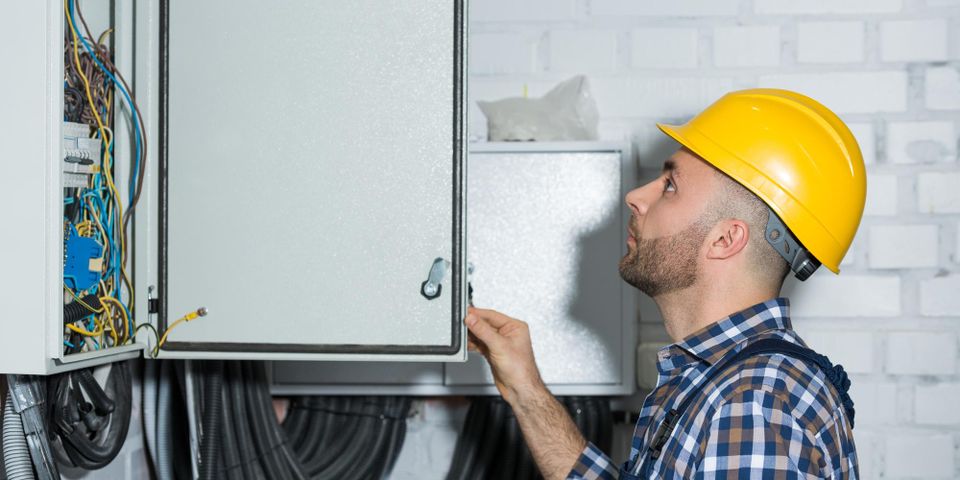
Commercial generators are a necessity for most businesses today, as they provide much-needed power during sudden outages and disruptions. They are useful in preventing production downtimes, delays, and financial losses from inoperable equipment. With numerous models on the market, getting the right one can be tricky. Consider the following factors when choosing which one is right for you.
What Size to Choose
Commercial  generators come in different sizes, which primarily depends on the amount of power that your site or business requires. Find the right size by looking at its full load capacity, the maximum amount of energy it can produce. An adequately rated generator will give enough power to run operations without failing. Then, compare this figure in four ways—by load measurement, history, frequently used equipment, and area.
generators come in different sizes, which primarily depends on the amount of power that your site or business requires. Find the right size by looking at its full load capacity, the maximum amount of energy it can produce. An adequately rated generator will give enough power to run operations without failing. Then, compare this figure in four ways—by load measurement, history, frequently used equipment, and area.
If you want to determine the commercial generator size based on your current usage at peak times, use a clamp-on ammeter on your equipment and examine the amps used. Divide the total by two for single-phase currents or by three for three-phase, then multiply by the supply voltage. Convert this figure into kilowatts by dividing it by 1000. Calculate the reserve capacity by multiplying the full load kilowatts by 0.25. Add the buffer and full load together to arrive at your ideal generator size.
Also, consider choosing size based on essential equipment in your operations. Determine the running watts of each, total these, and convert the figure to kilowatts by dividing by 1000. Have a buffer of at least 25% of the total kilowatts when selecting the right commercial generator.
When you want the most straightforward method for selecting a commercial generator, determine your energy needs based on the highest power consumption over two years and add a 25% reserve capacity to this number. You can also estimate your emergency requirement according to the square footage of the property—you’ll need five watts for every square foot. Sum up the total, divide by 1000, and add 50 kilowatts to the equation.
How to Install Them
There are two ways to install commercial generators on-site—inside a permanent or portable enclosure or inside the facility. In every placement, site planning and preparation are essential to ensure the generators are safe for operations.
A structure built on gravel or a concrete pad can house permanent enclosed generators with ample space for refilling and maintenance work. Portable enclosed generators, on the other hand, require fewer site preparations. They’re equipped with wheels for easy transport and require support lifting gear before removed from the truck. Generators installed in the facility need extensive planning and preparation. Aside from concrete pads, they require skid mounts, intake air, ductwork, and exhaust systems.
For quality commercial generators, turn to the reliable electrical contractors at Zelek Electric. Headquartered in Old Lyme, CT, they’ve provided a range of exceptional electrical services, including generator repairs and installations, to residential and commercial clients throughout New London County for over 30 years. Their personal approach ensures that your individual needs are evaluated and that services are provided to address your concerns directly. Call (860) 434-9726 to know how they can help or visit their website today.
About the Business
Have a question? Ask the experts!
Send your question

